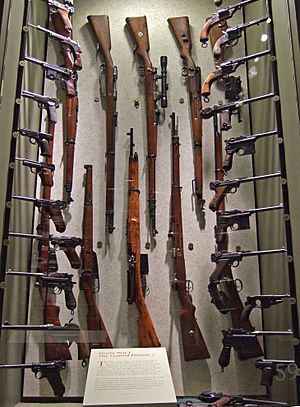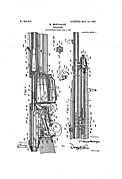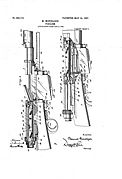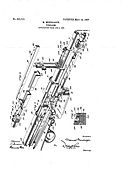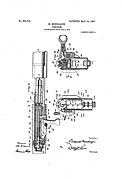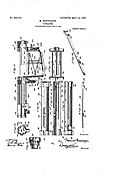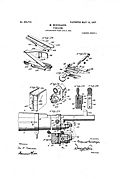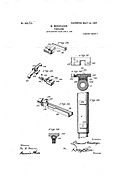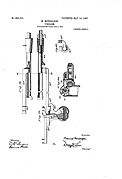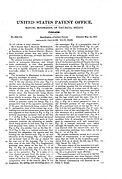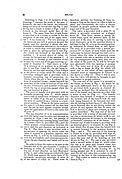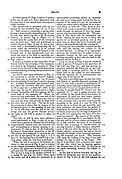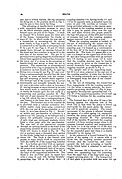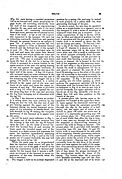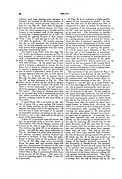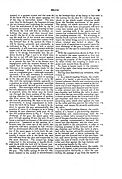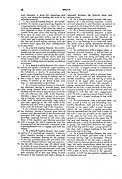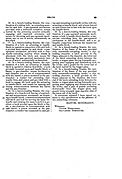Mondragón rifle facts for kids
Quick facts for kids Mondragón M1908 rifle |
|
|---|---|
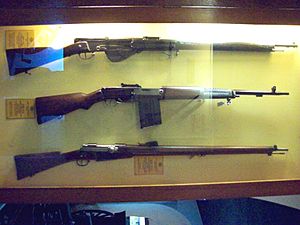
Mondragon M1894 straight-pull rifle (third) from top.
|
|
| Type | Semi-automatic rifle / straight-pull bolt-action rifle |
| Place of origin | Mexico |
| Service history | |
| In service | 1911 (Mexico) WW1 (Germany) |
| Used by | |
| Wars | Mexican Revolution World War I |
| Production history | |
| Designer | Manuel Mondragón |
| Designed | 1884 (straight-pull bolt-action rifle), patent of 1904 (semi-automatic rifle) |
| Manufacturer | Schweizerische Industrie Gesellschaft |
| Produced | 1887 (straight-pull bolt-action rifle) |
| Specifications | |
| Mass | 4.18 kilograms (9.2 lb) |
| Length | 1,105 millimetres (43.5 in) |
| Barrel length | 577 millimetres (22.7 in) |
|
|
|
| Cartridge | 7×57mm Mauser
7.92x57mm Mauser 7.5x55mm Swiss |
| Action | gas operation, rotating bolt |
| Muzzle velocity | 760 metres per second (2,500 ft/s) |
| Effective firing range | 800 metres (870 yd) |
| Maximum firing range | 2,000 metres (2,200 yd) |
| Feed system | The 1908 model utilized 5 round stripper clips into 10 round magazine. The 30-round drum was only used by the German flying corps. |
| Sights | rear: ladder, graduated 400–2000 m |
The Mondragón rifle is a famous type of gun designed by a Mexican officer named Manuel Mondragón. He created two main kinds of rifles. One was an older style called a straight-pull bolt-action rifle (M1893 and M1894). The other was Mexico's very first self-loading rifle, the M1908. The M1908 was the first of his designs used in real battles.
Contents
Early Rifle Designs: Straight-Pull Bolt-Action Rifles
Manuel Mondragón started working on his first rifle design in 1891. He filed for patents in different countries, including Belgium, France, and the United States. This showed his new ideas for how rifles could work.
How the M1893 Rifle Worked
His first rifle, called the M1893, was a straight-pull bolt-action design. This meant you pulled the bolt straight back and pushed it forward to load the next bullet. It used a special 6.5x48mm cartridge, which Mondragón also developed.
The rifle had a fixed magazine that held an 8-round clip of bullets. The bolt had small parts that locked it into place when you fired. The M1893 rifle had three settings: "A" for safe, "L" for normal shooting, and "R" for rapid firing. The "rapid" setting let the rifle fire a bullet each time the bolt was moved forward. This was similar to some older shotguns.
Manufacturing the Mondragón Rifles
At that time, Mexico did not have factories that could build these complex rifles. So, Mondragón worked with a Swiss company called Schweizerische Industrie Gesellschaft (SIG) in Switzerland. SIG received an order for 50 rifles in 1893.
Another order for 200 rifles followed in 1894. These newer rifles, called the M1894, used a different bullet size (5.2 × 68mm). This new bullet was developed by a Swiss colonel named Eduard Rubin.
The Self-Loading Rifle: M1908
Mondragón kept improving his designs. In 1904, he applied for a patent for a new kind of rifle: a self-loading one. This patent was approved in 1907.
Adoption by the Mexican Army
In 1908, the Mexican Army decided to use this new design. They called it the Fusil Porfirio Díaz Sistema Mondragón Modelo 1908. The Mexican government ordered 4,000 of these M1908 rifles from SIG. They used the 7×57mm Mauser bullet, which was common in Mexico.
However, because of the Mexican Revolution, only 400 rifles were delivered by 1910. The rifles also had trouble with the poor quality of bullets available then. Plus, they were very expensive. Because of these problems, the Mexican government canceled the order.
How the M1908 Rifle Worked
The Mondragón Modelo 1908 was a gas-operated rifle. This means it used the gas from a fired bullet to push parts of the gun and load the next bullet. It had a rotating bolt, which was a new idea for rifles at the time.
A special switch on the rifle allowed soldiers to turn off the gas system. This made the rifle work like a straight-pull bolt-action rifle instead of a self-loader. The M1908 rifles also came with a bipod, which is a two-legged stand to help steady the gun. Mondragón also designed a special shovel-like bayonet for this rifle.
The Mondragón Rifle in World War I
In 1914, the German Empire bought the remaining M1908 rifles from SIG. This was possibly as many as 4,000 guns. The Germans tried to change the rifles to use their own 7.9×57mm S-Patrone bullets, but it didn't work well.
Testing and Use by German Forces
The German Army tested the rifles, but they found that the guns easily got jammed by mud and dirt in the trenches. This was a common problem for many complex rifles in World War I.
However, the Imperial German Flying Corps (Luftstreitkräfte), which was their air force, decided to use the rifle. In airplanes, there was less mud and dirt, so the rifles worked better. They gave two rifles to each aircraft's crew. The M1908 was much better than the older Gewehr 98 rifles and Parabellum-Pistole pistols they usually used.
Fl.-S.-K. 15 and Later Use
The M1908 rifle was renamed the Fl.-S.-K. 15 (meaning "Aviator's Selfloading Carbine, Model 1915"). It was given to aircrews with special 30-round drum magazines. These drum magazines were designed by Friedrich Blum.
The Flying Corps used the Mondragón rifle until they had enough machine guns that could fire through the airplane's propeller. After that, the M1908 was given to the German navy. Most of these rifles were still with the Imperial German Navy when World War I ended. Destroyer crews and special marine units in the navy were given these rifles.
In Switzerland, the Mondragón self-loading rifle was changed to use the 7.5×55mm Swiss bullet. It also had a 12-round magazine and a device to catch the empty bullet casings. The Mondragón rifle was also briefly put on some World War I two-seater airplanes, but it was soon replaced by fully automatic machine guns.
Rifle Design Details
Here are some diagrams from Mondragón's patent in 1907, showing how the rifle was designed:
See also
 In Spanish: Fusil Mondragón para niños
In Spanish: Fusil Mondragón para niños


